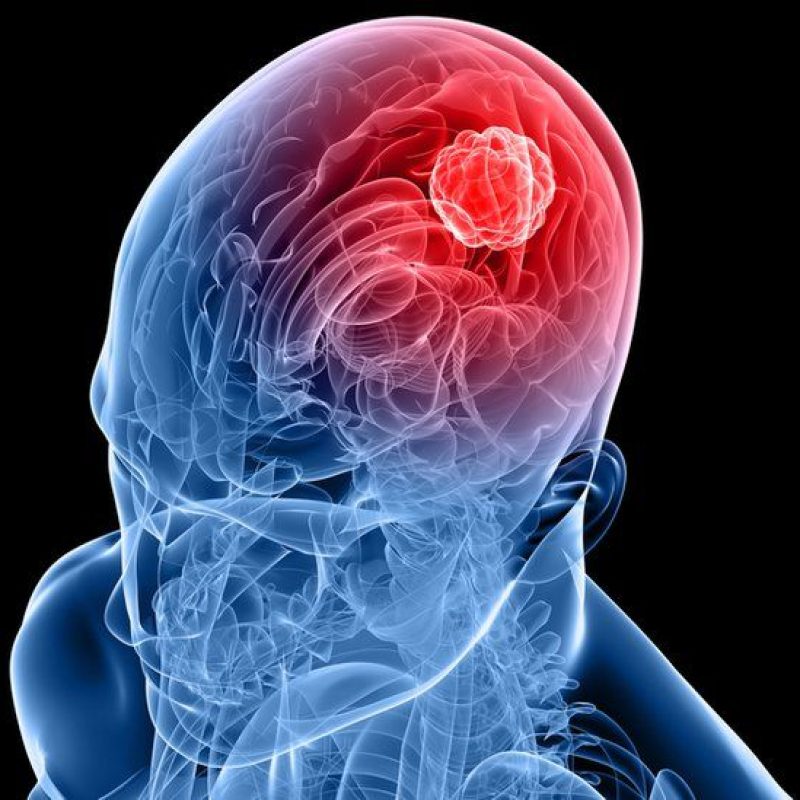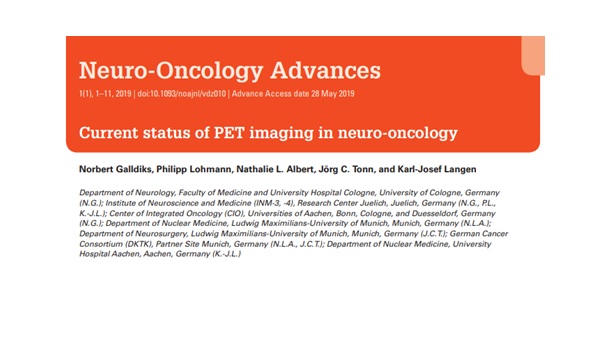Neuro-Oncology
Over the past decades, brain PET with numerous radiolabeled molecules has been evaluated to overcome limitations of conventional MRI in the Neuro-Oncology assessment. The task force of the Response Assessment in Neuro-Oncology (RANO) working group emphasized that for gliomas the additional clinical value of radiolabeled amino acids compared with standard MRI is outstanding and justifies the widespread clinical use (1, 2). It is known that amino acid PET can help to define metabolic hotspots for specific tumour tissue sampling, a technique that can be particularly useful if biopsy rather than open resection is considered (2).

Why brain PET in Neuro-Oncology?
For neuro-oncologists and medical professionals involved in the diagnosis and care of patients with brain tumors, the following 3 indications for PET imaging are of particular clinical interest:
- The identification of neoplastic tissue including the delineation of tumor extent for the further diagnostic and therapeutic management
- The differentiation of treatment related changes from tumor progression at follow-up
- The assessment of response to a certain anticancer therapy including its (predictive) effect on the patients’ outcome
Download Review
